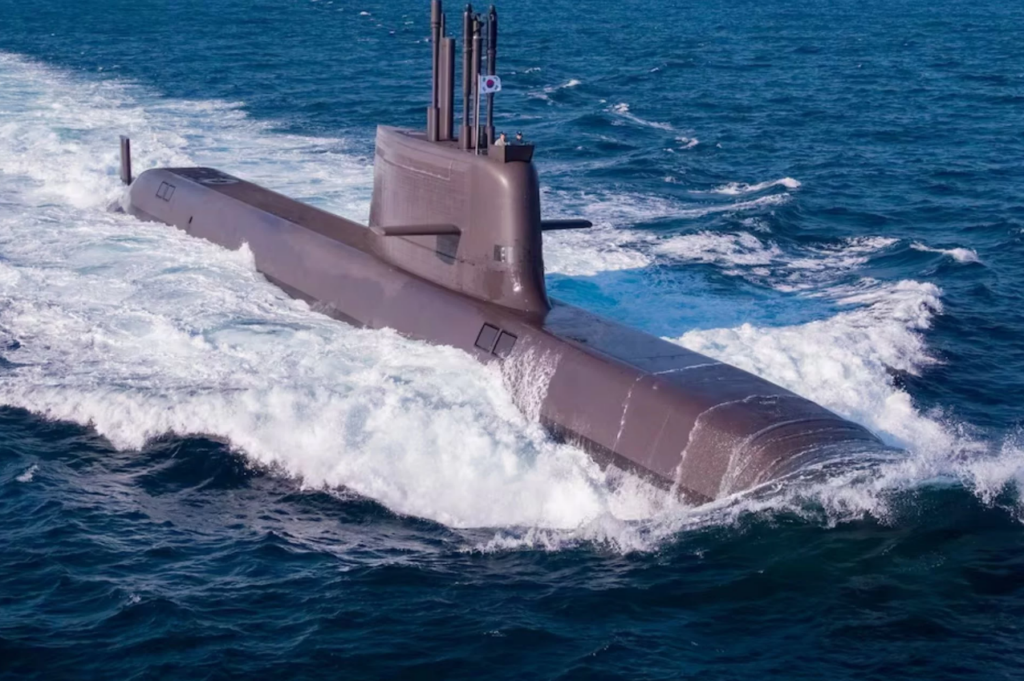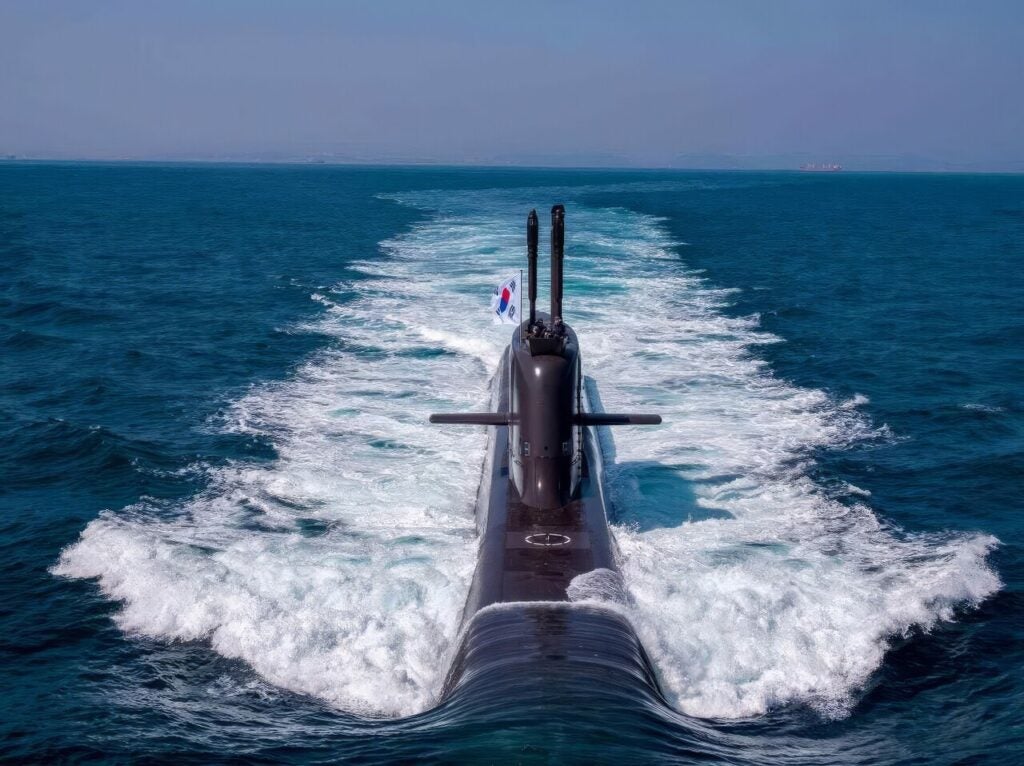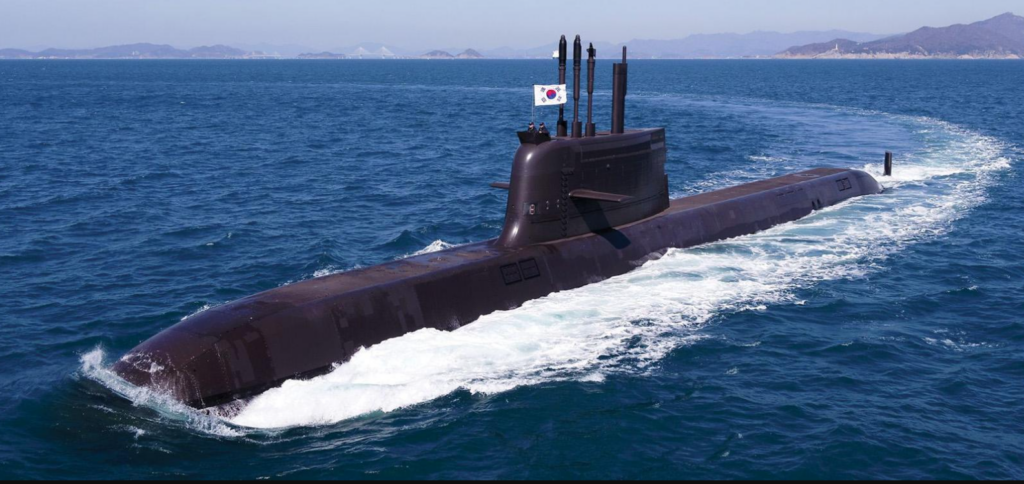South Korea Offers Canada a $20+ Billion Deal for Advanced Submarines
South Korea has offered Canada a $20–$24 billion deal to supply advanced KSS-III submarines, according to CBC. This major defense proposal comes as Canada’s new Mark Carney-led government hinted as considering leaving the U.S.-led F-35 fighter jet program. The deal comes as part of South Korea’s efforts to make Canada a major defense partner and gain a futher foothold in Western markets. South Korea has reportedly offered state-of-the-art KSS-III submarine to fulfil the requirements of Canada’s Canadian Patrol Submarine Project (CPSP) and replace the ageing Victoria-class. Designed by Hanwha Ocean and Hyundai Heavy Industries, these submarines are a high-performance alternative to Western submarines and enhance defense cooperation between South Korea and Canada. Through CPSP Canada anticipates a contract award to be made by 2028, with the delivery of the first replacement submarine no later than 2035.

In July 2024, Canada initiated a formal process of acquiring up to 12 conventionally powered and under-ice capable submarines as the Canadian Patrol Submarine Project. These new submarines will enable Canada to patrol its waters, deter attacks, and keep a strong naval presence throughout all three coasts. KSS-III is a next-generation diesel-electric attack submarine designed by South Korea. The boats have a low acoustic signature and a sleek shape, making it perfect for covert operations in deep and shallow waters. Featuring air-independent propulsion (AIP), the KSS-III is capable of remaining submerged for longer periods, which will be well-suited for long-distance missions such as the Arctic and North Atlantic.
The submarine is equipped with state-of-the-art torpedoes, anti-ship missiles, and vertical launch systems (VLS) that can launch cruise missiles. It also comprises modern sonar, radar, and combat systems for accurate identification and attack of threats. Built to accommodate roughly 50 crew, it has automation systems for better performance and safety. It has a displacement of approximately 3,400 tons and with a length of over 80 meters its power plant can propel the submarine to up to 20 knots when submerged and 12 when surfaced.

Canada is reconsidering its defense cooperation with the U.S. after differences on trade and strategy though Carney’s recent visit to the White House was congenial. One of the major issues is the intended purchase of 88 F-35 fighter jets but Defense Minister Bill Blair noted in March 2025, Canada is now looking at alternatives, which, in a way, reveals the fears of depending excessively on U.S. defense systems. South Korea is rapidly emerging as a strong alternative. The country has an excellent record of global defense exports with products including; K9 Thunder, FA-50 Fighter Jets, and K2 Black Panther in service around the world. Hanwha Group started talks with Canadian companies in 2023 to provide co-production and local support; this helps the Canadian Industrial and Technological Benefits (ITB) policy.
Canada and South Korea also have critical strategic objectives, including Arctic defense, Indo-Pacific security, and commitment to supporting the rules-based global system. With the CPSP selection process ongoing South Korea will have to beat off competition from a number of other diesel-powered subs reportedly including the HDW Type 214, which itself has been procured by South Korea, and the French Scorpène 2000. A KSS-III submarine deal could be viewed as more than just a defence deal but as an opportunity for Canada to establish a long-term defense partnership with a trusted and emerging world power.

